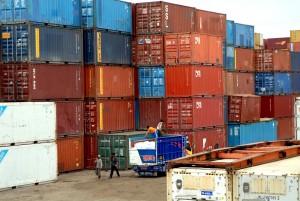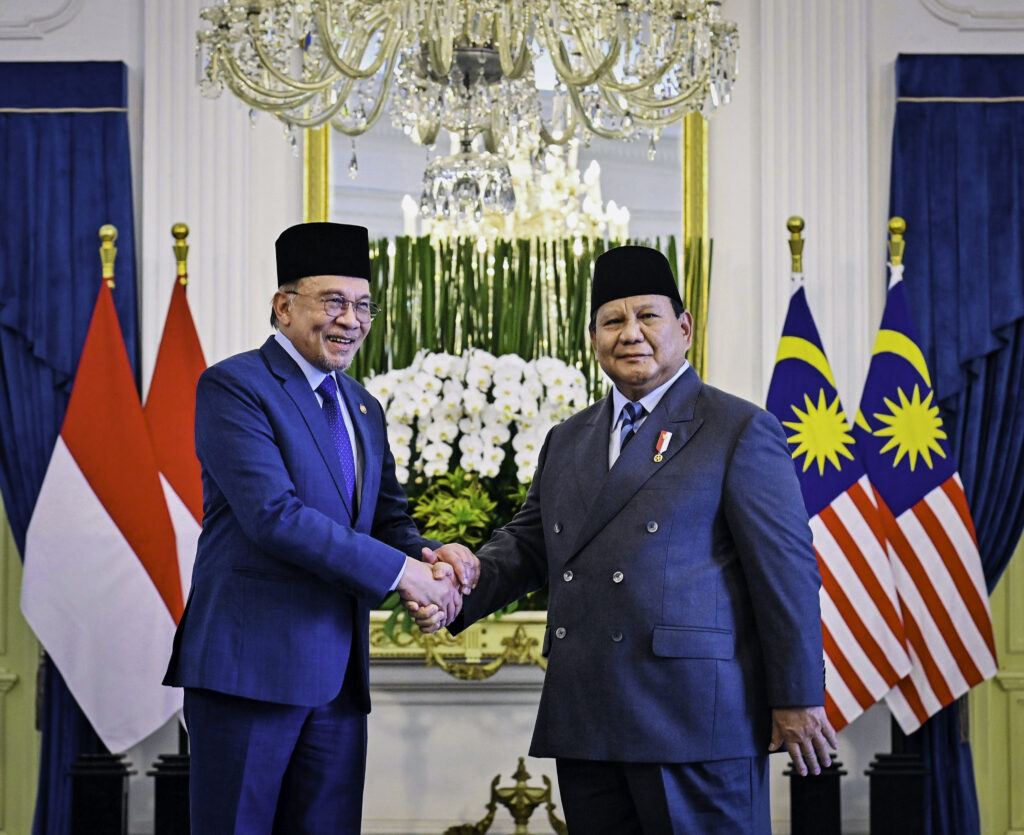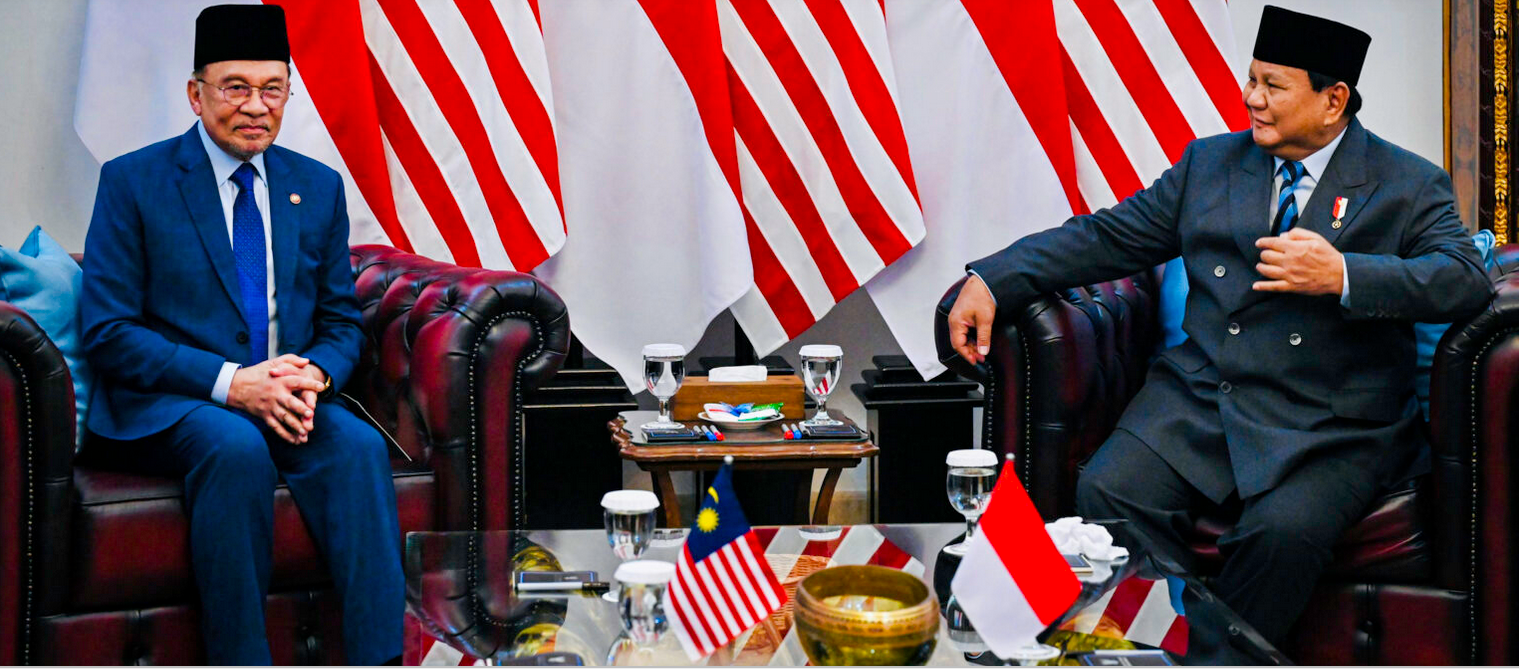Indonesia Records US$540 Million Trade Surplus in March
 Indonesia has recorded a trade balance surplus of US$540 million in March this year, according to Statistics Indonesia (BPS).
Indonesia has recorded a trade balance surplus of US$540 million in March this year, according to Statistics Indonesia (BPS).
The total value of exports in March this year was recorded at US$14.03 billion, an 11.71% increase compared to that of last month.
Meanwhile, the total value of imports in March reached US$13.49 billion, rose by 10.31 percent compared to that of last month or declined by 6.76 percent compared to that of the same month last year, BPS Head Suhariyanto said in a press conference at the BPS office, Jakarta.
Suhariyanto went on to say that the increase in exports was driven by an increase in non-oil and gas exports by 13 percent to US$12.93 billion. Meanwhile, oil and gas exports fell 1.57 percent from US$1,110.2 million to US$1,092.8 million.
The decline in oil and gas exports was driven by the decline in oil output exports of 10.44 percent to US$82.4 million and crude oil exports of 23.37 percent to US$120.3 million, while gas exports rose by 3.35 percent to US$890.1 million, Suhariyanto said.
The biggest increase in non-oil and gas exports in March 2019 against last month, according to Suhariyanto, was recorded in mineral fuels at 24.21 percent or amounting to US$401.3 million, while the biggest decline was in jewelry/gems at 4.84 percent or amounting to US$31.8 million.
Other commodities whose export value also increased include iron and steel amounting to US$186.7 million (40.38 percent); ore, crust and metal ash amounting to US$162.9 million (110.41 percent); paper/cardboard amounting to US$69.9 million (21.32 percent); and organic chemicals amounting to US$69.9 million (33.41 percent).
In addition to jewelry/gems, others commodities also declined including pulp/leftovers from food industry amounting to US$27.3 million (38.12 percent); iron and steel objects amounting to US$9.6 million (9.81 percent); locomotives and railroad equipment amounting to US$8.2 million (76.55 percent); and salt, sulfur, lime amounting to US$6.2 million (18.30 percent).
The increase in non-oil and gas exports in March 2019 compared to that of last month, Suhariyanto added, occurred in all main export destination countries, namely China (28.47 percent); Japan (13.52 percent); Taiwan (55.77 percent); the United States (8.47 percent); (10.37 percent); South Korea (8.21 percent); Thailand (5.73 percent); Malaysia (3.98 percent); Italy (17.56 percent); the Netherlands (5.24 percent); Australia (8.51 percent); Germany (6.54 percent) and Singapore (0.72 percent).
Of the total figure, non-oil and gas imports in March 2019 reached USD11.95 billion, increasing by 12.24 percent compared to that of last month and fell by 2.29 percent compared to that of the same month last year. Oil and gas imports in March 2019 reached US$1.54 billion or declined by 2.70 percent compared to that of last month, said Suhariyanto.
The biggest increase in non-oil and gas imports in March 2019 compared to that of last month, according to Suhariyanto, was machinery and electrical equipment amounting to US$11.2 million (17.04 percent), while the biggest decline was marine vessels and floating buildings of US$47.8 million (67.32 percent).
The decline in oil and gas imports, Suhariyanto added, was driven by the decline in the value of oil and gas imports of USD72.2 million (6.68 percent) and USD51.8 million (27.05 percent) respectively. Meanwhile, the value of crude oil imports increased to US$81.2 million (26.03 percent).
In the meantime, the three largest non-oil and gas import goods suppliers from January to March 2019 were China with a value of US$10.42 billion (29.01 percent), Japan of US$3.97 billion (11.05 percent), and Thailand of US$2.42 billion (6.75 percent). Non-oil and gas imports from ASEAN countries were recorded at 19.21 percent, while those of the European Union were at 8.37 percent. (BPS PR/ES)
Translated by: Muhardi
Edited by: M. Ersan Pamungkas








